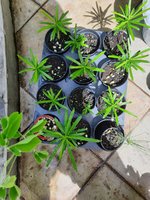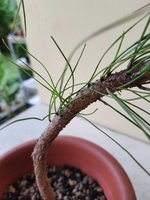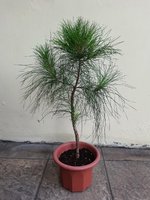Lumaca
Mame
Hello everyone, I've always been fascinated with conifers in general, but the choices in the tropics are rather limited. So here's my stubborn attempt to chronicle the quest for a respectable conifer bonsai that needs no dormancy. These are all raw materials that I am just trying to keep alive so far. Would love to hear any inputs, especially since there aren't that many info about the cryptomeria.
Cryptomeria
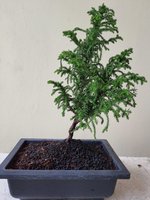
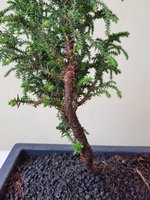
Pinus Merkusii that just got off wires, that didn't really hold. Wires were biting in deep, but as soon as I took it off, the tree slowly loses shape.
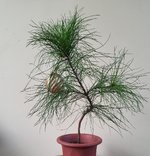
Juniperus chinensis sitting very high in the pot because I was a dumbass and should have used a deeper pot. I removed about half of the roots and chickened out of removing more.
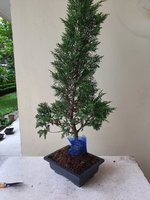
JBP Seedlings growing very slowly, about 8 months here I think.
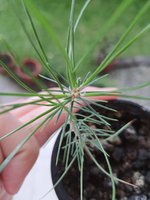
Cryptomeria


Pinus Merkusii that just got off wires, that didn't really hold. Wires were biting in deep, but as soon as I took it off, the tree slowly loses shape.

Juniperus chinensis sitting very high in the pot because I was a dumbass and should have used a deeper pot. I removed about half of the roots and chickened out of removing more.

JBP Seedlings growing very slowly, about 8 months here I think.


